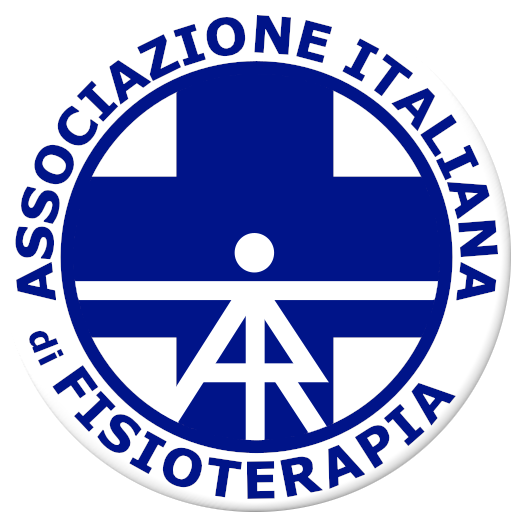L’IMPORTANZA DEL MOVIMENTO NELL’AMBIENTE NATURALE: COSA CI INSEGNANO GLI ANTENATI
THE IMPORTANCE OF MOVEMENT RELATED TO THE ENVIROMENT: WHAT OUR ANCESTORS TEACH US
Introduction
An active lifestyle is important to prevent cardiovascular, musculoskeletal and metabolic alterations through different exercises (for example the importance of walking is established in stroke prevention1).
In light of this, we have organized urban walks in order to improve people to engage physical activity.
This experience showed improvements in meters travelled at 6MWT2 (specifically from 360.9 meters to 563,8)
In order to establish a “prevention continuum”, our aim is to realize an Hellenic outdoor gym in the little town of Tripi (Messina) where everyone (child, adult and elderly) could train psychomotor skills, improving the knowledge of their body in activities related to an everyday life. To give life to this project, modern and technologies devices will not be used, but only human capacities and strategies will be allowed. With this project we hope to improve disability inclusion, too.
Methods
Through items of daily living, we will organize balance, coordination and psychomotor activities for children and elderly.
For adults, panhellenic games (sport activities) are provided, such as: race, long jump, javelin and discus throw.
Results
With this project we expect to see improvements in balance, coordination and motor skills in people who perform the activities proposed. It can be an opportunity for children to better know how their bodies “work”, how they can interact with the environment and how their bodies evolve in different age stages (especially in children with disabilities).
For adults and elderly it can be a chance to maintain previously acquired skills, to delay the physiological decay and to prevent cardiovascular, musculoskeletal and metabolic diseases.
Discussion and Conclusion
The invitation to an active lifestyle is an opportunity to point out the importance of physiotherapy, in prevention (monitoring the development and motor skills), health (with a therapeutic exercise tailored to the health condition of the subject and his potential recovery) and rehabilitation (with the potential dictated by the accessibility of services and the constant monitoring of impaired skills).
With this work, we want to highlight the importance of physical activity both in childhood and adulthood. In children it is fundamental for the development of motor skills and the perception of their body related to the environment, which has been threatened, in the last twenty years, by new technologies.
For adults, the exercise is linked to the field of prevention, in fact the different activities and disciplines that will be performed, will have a beneficial effect on the cardiovascular, blood pressure3 and musculoskeletal system.
REFERENCES
- Jefferis BJ, Whincup PH, Papacosta O, Wannamethee SG. Protective effect of time spent walking on risk of stroke in older men. Stroke. 2014 Jan;45(1):194-9. doi: 10.1161/STROKEAHA.113.002246. Epub 2013 Nov 14. PMID: 24232448.
- ATS statement: guidelines for the six-minute walk test. Am J Respir Crit Care Med. 2002;166(1):111-7
- Araya-Ramírez F, Moncada-Jiménez J, Grandjean PW, Franklin BA. Improved Walk Test Performance and Blood Pressure Responses in Men and Women Completing Cardiac Rehabilitation: Implications Regarding Exercise Trainability. Am J Lifestyle Med. 2021 Feb 22;16(6):772-778. doi: 10.1177/1559827621995129. PMID: 36389052; PMCID: PMC9644150.
